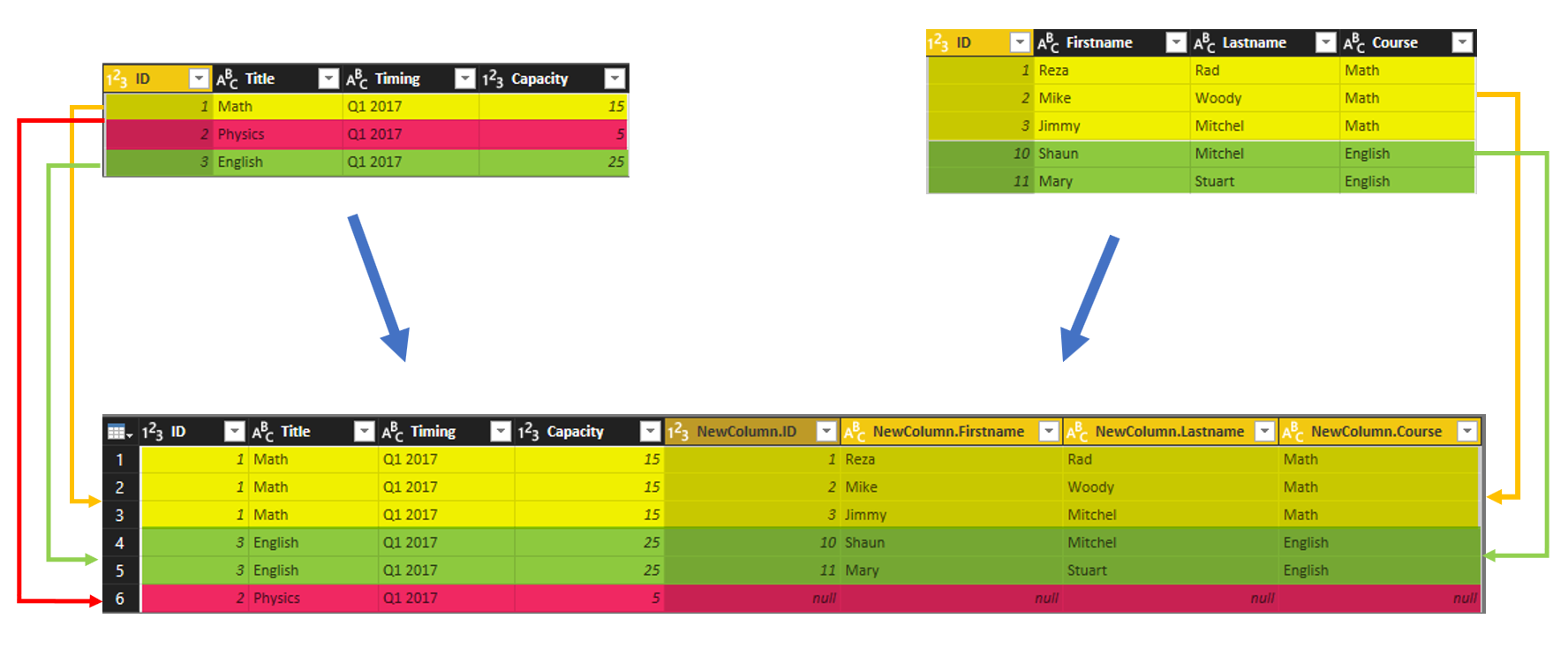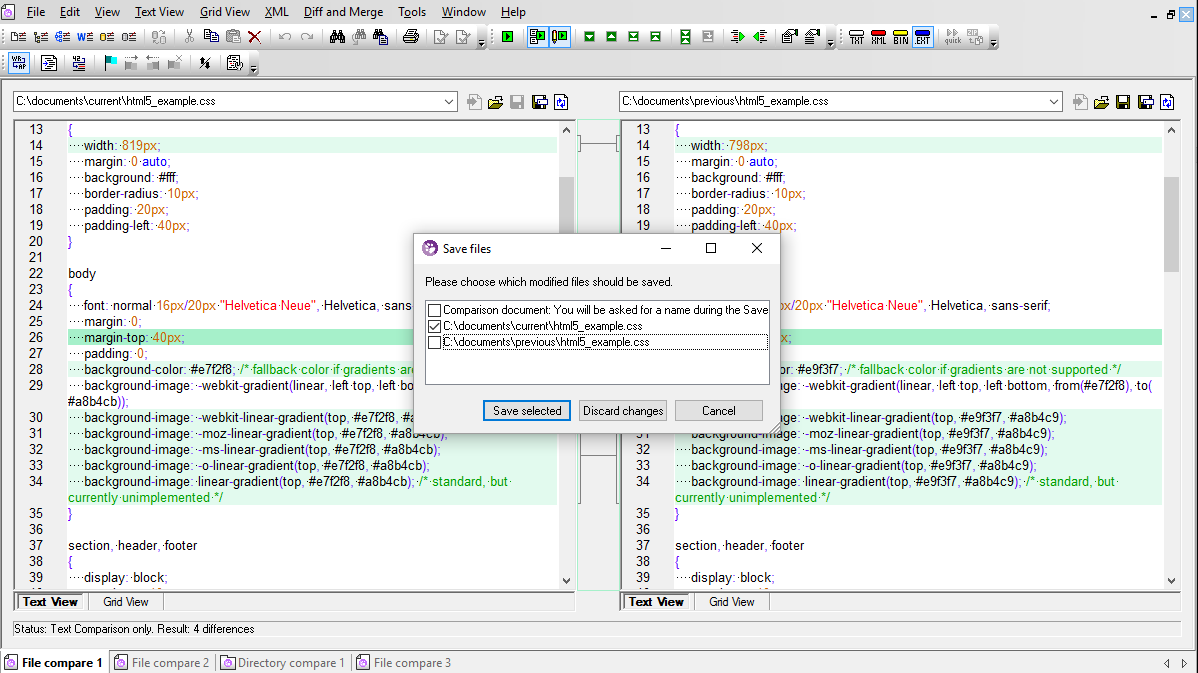Merge Two Xml Files By Id Online
XML Compare takes two well-formed XML files, analyses their structure and then compares these two files to identify the differences between them, outputting the results to a new XML or HTML file. The XML Compare algorithms work through the two XML files, analyzing their structure and matching up all the corresponding elements between them. We often encounter situations where we have data in multiple files, at different frequencies and on different subsets of observations, but we would like to match them to one another as completely and systematically as possible. In R, the merge comma.

If you're using Stata version 10 or older, omit the 1:1 specification. Observations in each data set should be unique in the one-to-one match merge.Suppose you have two key variables id andname in two data sets stat andmath.
The following code sorts and saves thestat data set and then sorts the math data set. Then, while the math data set is still in memory, it merges (using the stat data set) on the key variablesid and name: use stat.dta, clearsort id namesave stat.dta, replaceuse math.dta, clearsort id namemerge 1:1 id name using stat.dtaIf two data sets share variables besides the key variables, use the,update option to replace missing values in the master file (in memory) with corresponding non-missing values in the secondary file. Use,update replace to replace non-missing values in the master file with corresponding non-missing values in the secondary file.To use the drop-down menu in Stata version 11 and later:Data Combine Datasets Merge Two Datasets.

When you merge imported content, InDesign comparesthe incoming XML with the structure and names of elements alreadyin your document. If the elements match, imported data replacesexisting document content, and is merged into correctly tagged frames(or placeholders) in the layout. (Elements for which InDesign can’tfind a matching name and hierarchy rank are placed on the Structurepane so that you can place them manually.) Merge mode not only makesautomated layout possible, it provides more advanced import options,including the ability to filter incoming text and clone elementsfor repeating data. By planning ahead, you can automate the process of placingXML data in your layout. To place XML content automatically, youfirst prepare the document by creating tagged placeholder framesto hold incoming XML.
As long as the XML structure and tag namesfor incoming content matches the tag names and structure of theplaceholder frames, InDesign can place the imported XML automaticallyin your document. InDesign can also clone elements to handle repeatingdata, such as address lists and catalogue material. Use the automaticlayout method as part of a structured workflow process to speedproduction time and efficiency. XML tags are merely datadescriptions; they carry no formatting instructions. As such, you needto format XML content after you import it and lay it out.
One wayto do that is to map XML tags to paragraph, character, table, orcell styles. For example, the Byline tag couldbe mapped to the Author character style, so that all imported andplaced XML content that is tagged Byline is automaticallyassigned the Author character style. Mapping tags to styles makesformatting imported XML content easier and less time-consuming.Youdon’t need to map every tag to a paragraph or character style. Some elementsmay not appear in the layout and others may be easier to formatone at a time. Moreover, child elements take on the paragraph orcharacter style that is assigned to their parent, which can causeconfusion unless you are careful to map parent and child elementsseparately.To import styles, tags, and mapping definitionsfrom another document, click Load, choose a document, and click Open.To map tags to styles individually, click the Stylecolumn adjacent to a tag, and choose a paragraph or character stylefrom the menu that appears. (The paragraph symbol identifies paragraphstyles in the menu; an “A” identifies character styles.) Repeatfor each tag you want to map.To automatically map tags to styles with the samenames, click Map By Name. Styles with names that are identical totag names are selected in the Style column.
To match, a tag andstyle must not only have the same name, but the same case; H1 and h1,for example, are not considered a match. (If the same style nameexists in two different style groups, Map By Name doesn’t work and youare alerted to rename one of the styles.).
UsingInDesign, you can automatically place imported XML content intoa layout. To do this, you first create placeholder frames or tables,and tag them with the same tag names as the XML elements you wantto place into them. Then, you import XML content into the placeholdersin Merge mode. When tags match by name and by structural hierarchy,InDesign merges the XML content, replacing any existing contentin the document.This technique is useful when you want to use the same layoutfor different sets of content. For example, a weekly newslettermay have the same layout from week to week, but offer differentcontent with each publication.In order for imported XML to be merged directly into a layout,your document must meet these requirements.Frames (or tables) in the document must be tagged withnames identical to elements in the XML file that you intend to import.The structure of the document (as shown in the Structurepane) must parallel the structure of the imported XML file. In otherwords, the identically named elements must be found in the samelocations in the structure hierarchy of both files. To achieve thisparallel structure, you may have to rearrange and reorder elements(and their child elements) in the Structure pane or use the ApplyXSLT option when you import the XML file. Best kodi add-ons.
XMLis repeating if the same configuration of elementsappears multiple times in a row, but contains unique data in eachinstance. For example, database records are repeating.
Addressesin a database table contain repeated information—name, street address,city, state, postal code—for a variety of individuals.When you import XML content, you can select Clone Repeating Text Elementsin the XML Import Options dialog box. Selecting this option tells InDesign to clone the repeatedelements in the structure. Cloning allows you to merge repeatingXML data into a document without having to create placeholder elementsin the Structure pane (or placeholder text in a frame) for everysingle record. For example, to import an XML address list with 25entries, create a matching element structure for one entry in theStructure pane. When you import the complete list, InDesign clonesthat structure to create elements for all 25 entries.Repeating XML content is flowed as a single story when it ismerged into the document.
If placeholder frames have been threadedtogether, the content is flowed from one frame to the next. If thereisn’t enough room in the placeholder frame(s) to accommodate theXML content, you can autoflow the remaining content by creatingand threading more frames; you don’t have to manually drag elementsfrom the Structure pane into individual frames. You can import XML elements into a placeholder tableas well as a placeholder frame.
In a table, each cell is representedby an element. InDesign places XML content into the table cell bycell, element by element, starting from the top left corner of thetable, matching the element to the tagged cell. When creating placeholdertables, you must tag the table as well as each cell in the table.(Merged cells are considered a single cell.)Because InDesigndoesn’t distinguish between rows and columns when importing, thenumber of columns in the placeholder must match the number of columnsin the imported content. Also, all the table cell elements mustbe contained within a single table element. In other words, thecells are all sibling elements under the same parent.
Join Xml Files
Afteryou have created and tagged placeholder frames, tables, and text—andmade sure that your document and the incoming XML file have thesame tags and structure—you can import XML content into your layout.Youmust use the Merge Content option to import XML into placeholders(or to replace existing content in your document). When mergingcontent, InDesign replaces identically tagged and structured elementsin your document with the imported XML elements. You can use additionalimport options to exclude imported (that is, filter) content thatdoesn’t match the document structure, to delete document items thataren’t matched or replaced by the imported XML, and to clone repeatingXML elements.If the imported XML file contains elements thatare not found in the document, InDesign places these elements inthe Structure pane without laying them out in your document.Tosuccessfully merge XML into placeholders, keep these rules in mind.
Comments are closed.